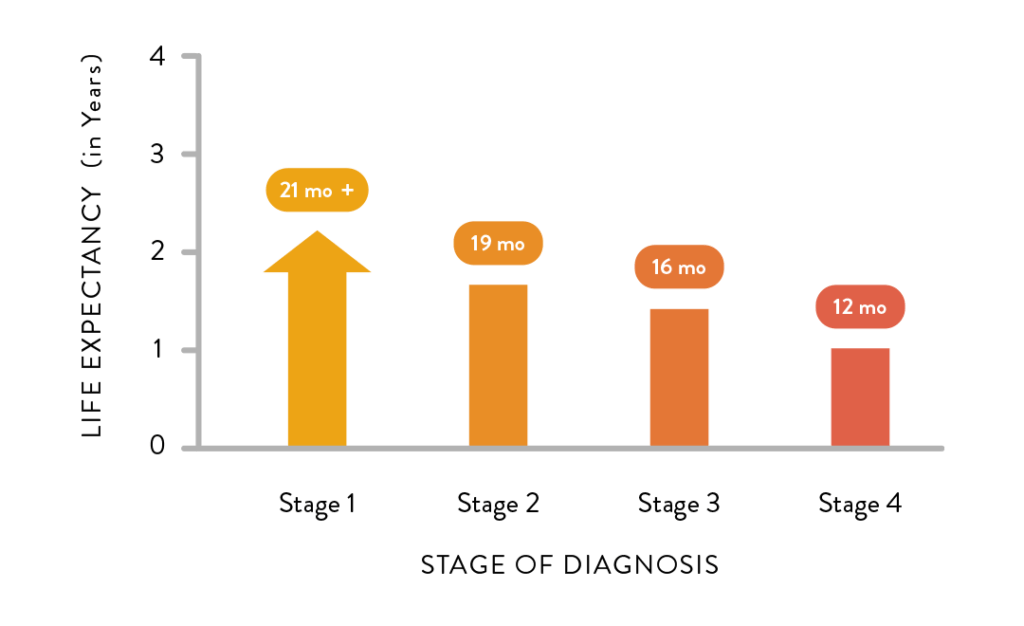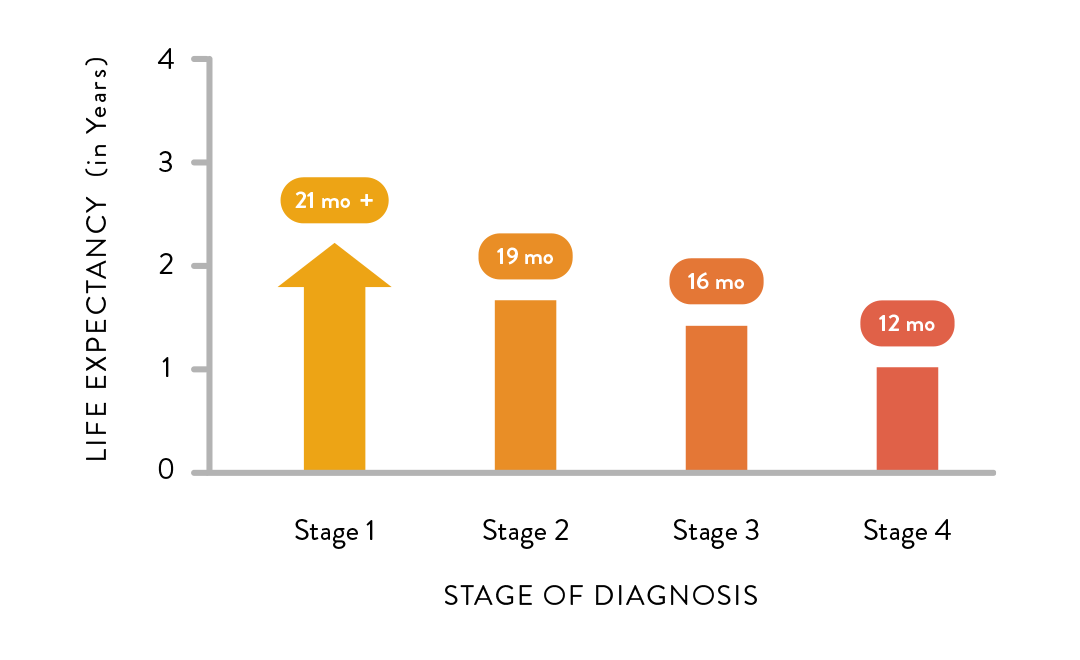
Unlocking the Secrets: Life Expectancy of Ravens and Factors Influencing Their Longevity
Ravens, those intelligent and enigmatic corvids, have captivated human imagination for centuries. From folklore to literature, these birds are often portrayed as symbols of mystery, magic, and even death. But beyond the symbolism, what is the actual life expectancy of ravens? Understanding the factors that influence their longevity provides valuable insights into their lives and the challenges they face in the wild and in captivity.
What is the Typical Lifespan of a Raven?
The life expectancy of ravens varies significantly depending on their environment. Wild ravens typically live for 10 to 15 years. However, ravens in captivity, protected from predators and with consistent access to food and veterinary care, can live much longer, often reaching 30 years or more. Some anecdotal evidence even suggests that captive ravens can live for over 40 years, highlighting the significant impact of environmental factors on their lifespan.
It’s important to note that these are averages. Individual ravens can exceed these figures, but many succumb to various threats before reaching their full potential lifespan. Understanding these threats is crucial to appreciating the challenges these birds face.
Factors Affecting Raven Life Expectancy
Several key factors influence the life expectancy of ravens, both in the wild and in captivity. These include predation, disease, food availability, habitat quality, and human impact.
Predation
Young ravens are particularly vulnerable to predation. Owls, eagles, hawks, and even mammals like foxes and coyotes can prey on juvenile ravens. Adult ravens are less susceptible to predation due to their size and intelligence, but they can still be targeted by larger predators or face threats during territorial disputes.
Disease
Like all animals, ravens are susceptible to various diseases. West Nile virus, avian flu, and parasitic infections can significantly impact raven populations and reduce their life expectancy. Disease outbreaks can be particularly devastating in areas where ravens are already stressed by habitat loss or food scarcity.
Food Availability
Ravens are opportunistic omnivores, meaning they eat a wide variety of foods, including carrion, insects, seeds, fruits, and small animals. Access to a consistent and diverse food supply is essential for their survival and overall health. In areas where food is scarce, ravens may struggle to find enough sustenance, leading to malnutrition and increased vulnerability to disease. The life expectancy of ravens is directly tied to their ability to obtain adequate nutrition.
Habitat Quality
The quality of a raven’s habitat plays a crucial role in its life expectancy. Ravens require suitable nesting sites, access to water, and ample foraging opportunities. Habitat degradation due to deforestation, urbanization, and pollution can negatively impact raven populations and reduce their lifespan. [See also: Raven Conservation Efforts]
Human Impact
Human activities can have both direct and indirect impacts on the life expectancy of ravens. Direct impacts include hunting (in areas where it is permitted), poisoning (intentional or accidental), and collisions with vehicles or power lines. Indirect impacts include habitat destruction, pollution, and climate change, all of which can negatively affect raven populations and their ability to thrive. The presence of lead in the environment, often from ammunition or fishing tackle, is a significant threat to ravens, as lead poisoning can be fatal.
Raven Life Cycle: From Fledgling to Elder
Understanding the raven life cycle provides further insight into their life expectancy and the challenges they face at different stages of life.
Nestling and Fledgling Stage
Raven chicks are born altricial, meaning they are completely dependent on their parents for food and care. They remain in the nest for several weeks, during which time they are highly vulnerable to predation and starvation. Once they fledge (leave the nest), they still rely on their parents for several months as they learn to forage and navigate their environment. This is a critical period for survival, and many young ravens do not make it past their first year.
Juvenile Stage
Juvenile ravens are independent but still learning the ropes. They may join flocks of other young ravens and spend their time exploring their surroundings and honing their survival skills. They are still vulnerable to predation and disease, but their chances of survival increase as they gain experience and become more adept at finding food and avoiding danger.
Adult Stage
Adult ravens typically reach sexual maturity around 2 to 3 years of age. They form pair bonds that can last for many years, and they establish territories that they defend against other ravens. Adult ravens are generally more resilient than younger birds, but they still face various threats that can impact their life expectancy.
Comparing Raven Lifespan to Other Birds
The life expectancy of ravens is relatively long compared to many other birds. While small songbirds may only live for a few years, larger birds like ravens, eagles, and owls tend to have longer lifespans. This is likely due to a combination of factors, including their larger size, slower metabolism, and greater intelligence, which allows them to adapt to changing environments and avoid danger. [See also: Raven Intelligence and Problem-Solving Abilities]
The Impact of Captivity on Raven Longevity
As mentioned earlier, ravens in captivity often live significantly longer than their wild counterparts. This is primarily due to the consistent availability of food, protection from predators, and access to veterinary care. Captive ravens are also less likely to be exposed to environmental toxins and other hazards that can shorten their lifespan in the wild. However, captivity can also present its own challenges, such as boredom, stress, and lack of social interaction, which can potentially impact their overall well-being.
Conservation and the Future of Raven Populations
While ravens are not currently considered threatened or endangered in most areas, it is important to monitor their populations and address any potential threats to their survival. Habitat conservation, pollution control, and responsible wildlife management practices are all essential for ensuring the long-term health and life expectancy of ravens. By understanding the factors that influence their lifespan, we can take steps to protect these intelligent and fascinating birds for generations to come.
Conclusion: Appreciating the Raven’s Resilience
The life expectancy of ravens is a testament to their resilience and adaptability. While they face numerous challenges in the wild, their intelligence, resourcefulness, and social behavior allow them to thrive in a variety of environments. By understanding the factors that influence their lifespan, we can better appreciate these remarkable birds and work to ensure their continued survival. From the wild landscapes where they soar to the captive environments where they are studied and admired, the life expectancy of ravens provides a window into the fascinating world of these intelligent corvids. The future of ravens, and their potential life expectancy, depends on our commitment to conservation and responsible stewardship of the environment. Protecting their habitat, mitigating the impact of human activities, and ensuring access to clean and abundant resources are crucial steps in securing a long and healthy future for these iconic birds. The life expectancy of ravens, therefore, is not just a biological statistic, but a reflection of our relationship with the natural world. The life expectancy of ravens, both wild and captive, showcases the interplay of environmental factors and human influence. The life expectancy of ravens is a complex topic, influenced by a multitude of factors. The life expectancy of ravens is a subject of ongoing research and fascination. Understanding the life expectancy of ravens requires considering both natural and anthropogenic influences. The life expectancy of ravens is a vital indicator of environmental health. The life expectancy of ravens is often underestimated due to the many challenges they face. The life expectancy of ravens can be significantly extended in controlled environments. The life expectancy of ravens serves as a reminder of the interconnectedness of all living things. The life expectancy of ravens is a key factor in population dynamics and conservation efforts.

